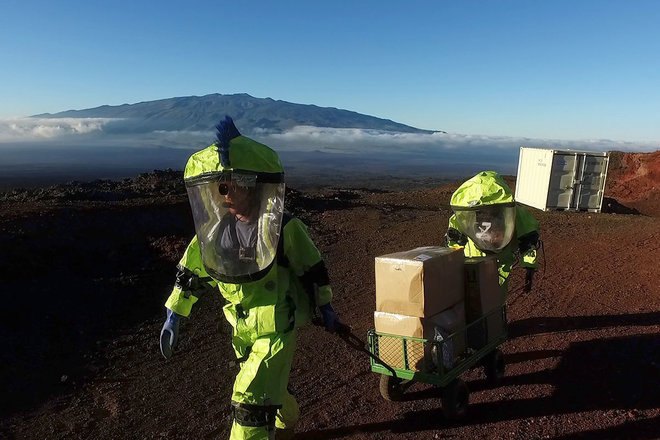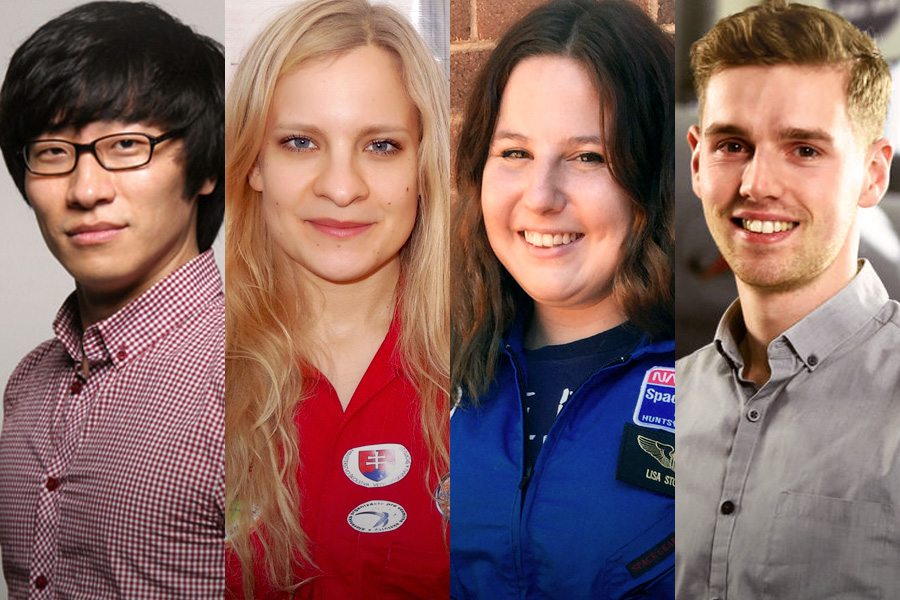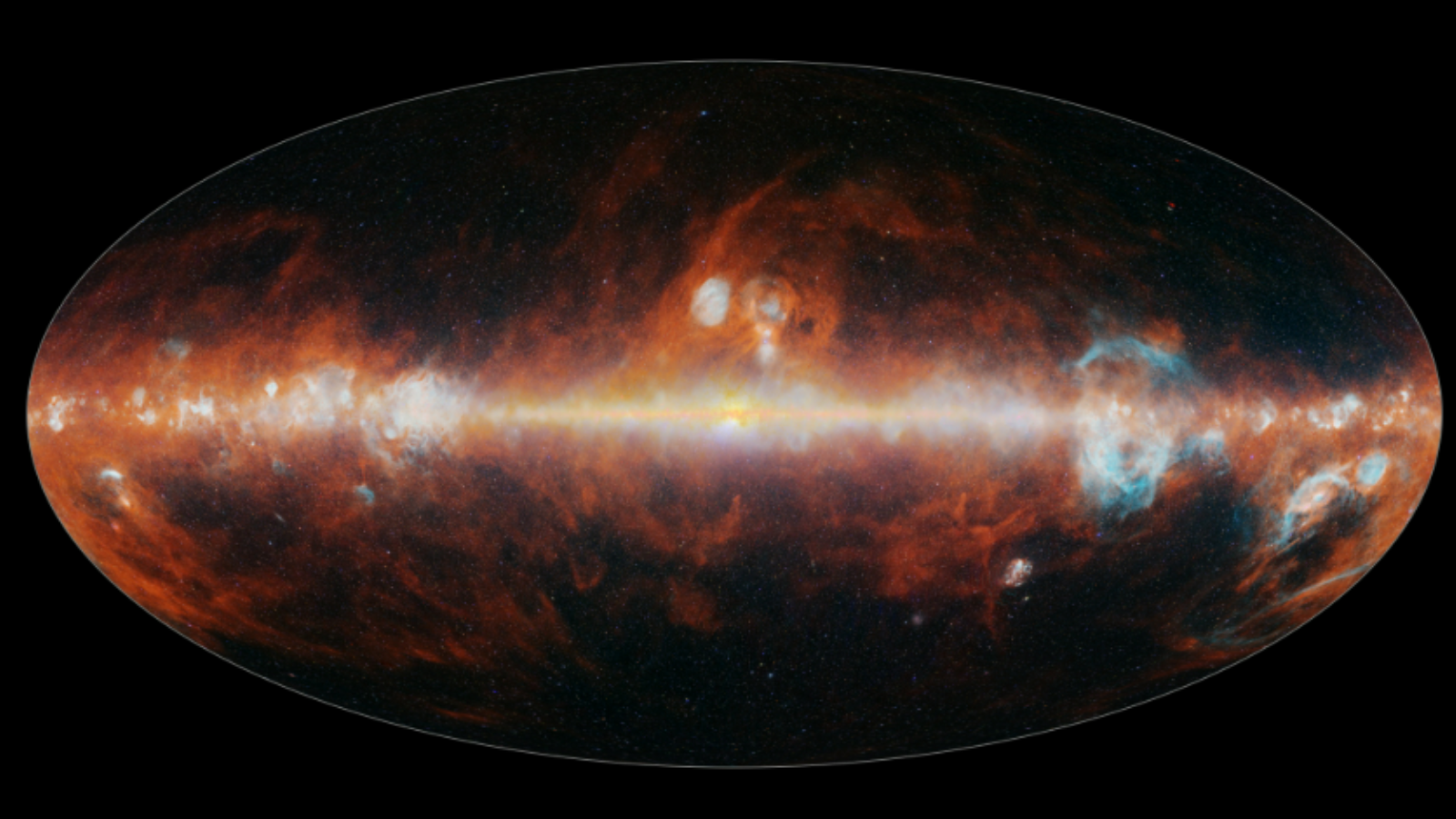New Mock Mars Mission in Hawaii Begins With Most International Crew Yet
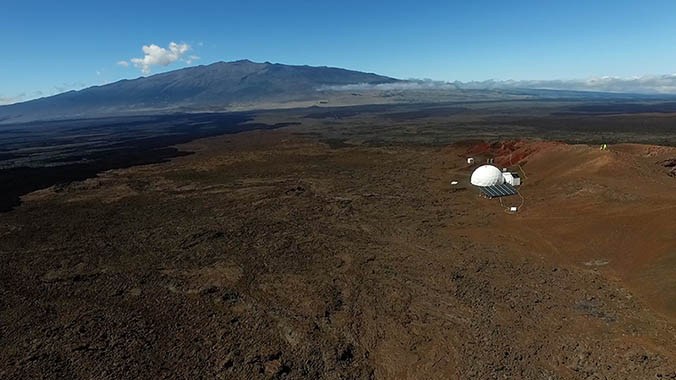
Atop a volcano, a new eight-month long Mars simulation is underway.
For the first time ever, the Hawaii Space Exploration Analog and Simulation (HI-SEAS) project, which tests how humans would endure the isolation of a Mars mission, will include participants from four different countries of origin.
At 5 p.m. Hawaii local time on Thursday (Feb. 15), the four participants of the HI-SEAS Mission VI crew, who herald from Korea, Australia, Slovakia and Scotland, respectively, began their eight-month stay inside a dome habitat atop Mauna Loa on the island of Hawaii, according to a statement from University of Hawaii.
The mission's goal is to determine the long-duration requirements of a future crewed mission to Mars. HI-SEAS is a NASA-funded project, and is now in its sixth year.
"For humans to successfully undertake a long-duration spaceflight to Mars, it will require a global collaboration, and so it seems appropriate that our Mission VI begins with this spirit of internationalism," said Kim Binsted, HI-SEAS Principal Investigator, in the statement by the University of Hawaii, where HI-SEAS is based.
Breaking space news, the latest updates on rocket launches, skywatching events and more!
The four test participants will live in confined conditions, according to the statement. They will also be subjected to 20-minute communication delays to simulate what message delay would actually be like between Earth and Mars, and to test how this can affect feelings of isolation. They'll be expected to engage in daily habits such as exercising and preparing recipes from shelf-stable ingredients, in addition to research and field work.
The participants are Sukjin Han, assistant professor in Economics at the University of Texas at Austin; astrobiologist Michaela Musilova, who is also the chair of the Slovak Organisation for Space Activities; Lisa Stojanovski, a science communicator managing the Australian chapter of the Space Generation Advisory Council; and astrophysicist Calum Hervieu, a systems engineer from rural Scotland.
Follow Doris Elin Salazar on Twitter @salazar_elin. Follow us @Spacedotcom, Facebook and Google+. Original article on Space.com.
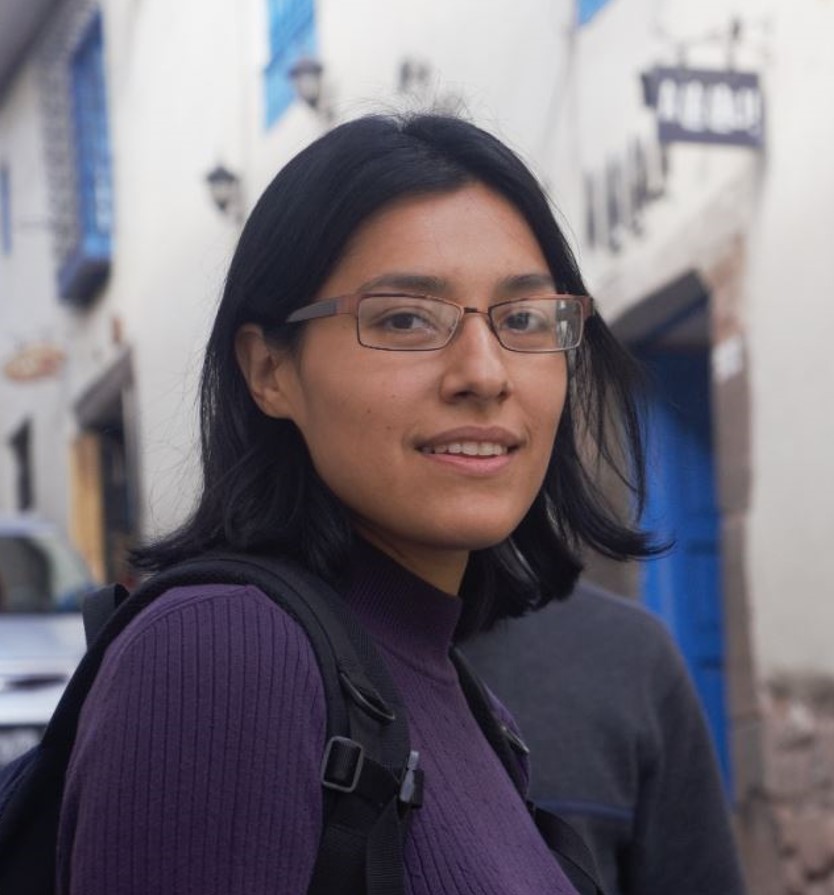
Doris is a science journalist and Space.com contributor. She received a B.A. in Sociology and Communications at Fordham University in New York City. Her first work was published in collaboration with London Mining Network, where her love of science writing was born. Her passion for astronomy started as a kid when she helped her sister build a model solar system in the Bronx. She got her first shot at astronomy writing as a Space.com editorial intern and continues to write about all things cosmic for the website. Doris has also written about microscopic plant life for Scientific American’s website and about whale calls for their print magazine. She has also written about ancient humans for Inverse, with stories ranging from how to recreate Pompeii’s cuisine to how to map the Polynesian expansion through genomics. She currently shares her home with two rabbits. Follow her on twitter at @salazar_elin.
